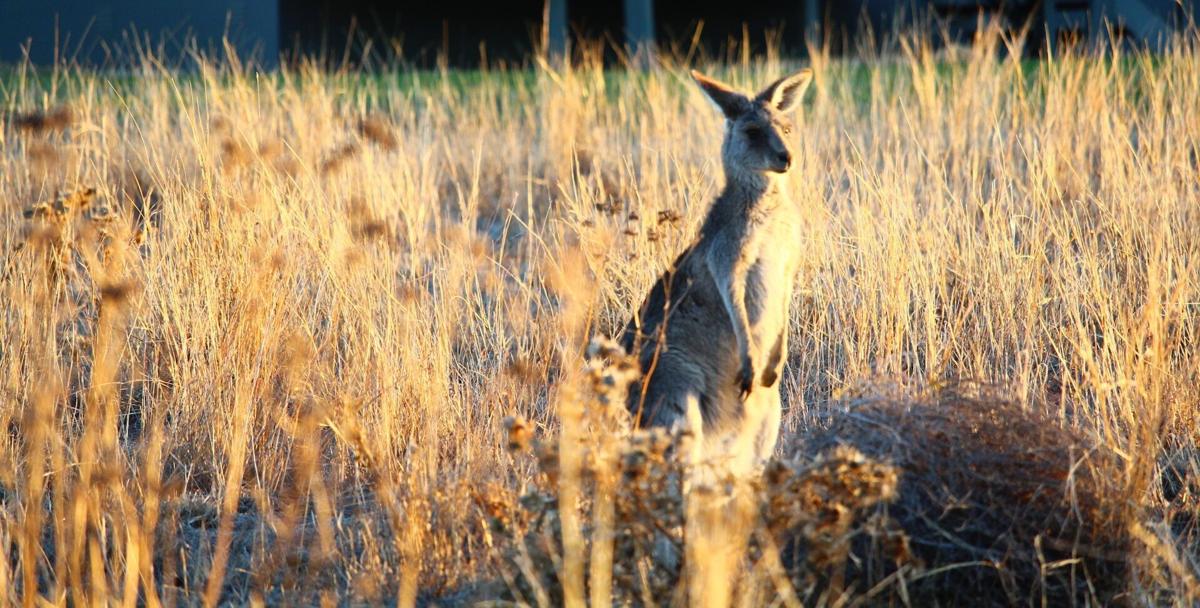News Flash

SYDNEY, April 24, 2025 (BSS/AFP) - Giant prehistoric kangaroos perished when "climate upheaval" turned lush Australian rainforest into desert, scientists said Thursday after studying ancient fossils with new techniques.
Weighing as much as 170 kilograms (375 pounds) -- almost twice as hefty as the chunkiest living kangaroos -- the extinct "Protemnodon" bounded across Australia as many as five million years ago.
Researchers were able to recreate the foraging habits of one population by matching long-lived chemicals from fossilised teeth to recently unearthed rocks.
Similarities in chemical composition helped to mark how far the kangaroos hopped in search of food.
"Imagine ancient GPS trackers," said Queensland Museum scientist Scott Hocknull.
"We can use the fossils to track individuals, where they moved, what they ate, who they lived with and how they died -- it's like Palaeo Big Brother."
Scientists found the mega-herbivores lived in what was then a verdant rainforest -- barely venturing far from home to forage.
The rainforest started to wither around 300,000 years ago as the region's climate turned "increasingly dry and unstable".
"The giant kangaroos' desire to stay close to home, during a time of major climate upheaval 300,000 years ago, likely contributed to their demise," the researchers said.
Species of giant kangaroo survived in other parts of Australia and Papua New Guinea, with the last populations surviving until around 40,000 years ago.
Scientist Anthony Dosseto said the new techniques could be used to better understand the disappearance of Australia's megafauna.
Prehistoric species of giant echidna, wombat-like marsupials weighing over two tonnes, and hulking flesh-eating lizards once roamed the Australian continent.
"The debate about the extinction of the Australian megafauna has been going on for decades, but now we can take it to an individual and species-by-species perspective," said Dosseto, from the Wollongong Isotope Geochronology Lab.
"With these precise techniques, each site and each individual can now be used to test and build more accurate extinction scenarios."
The findings were published in peer-reviewed journal PLOS One.